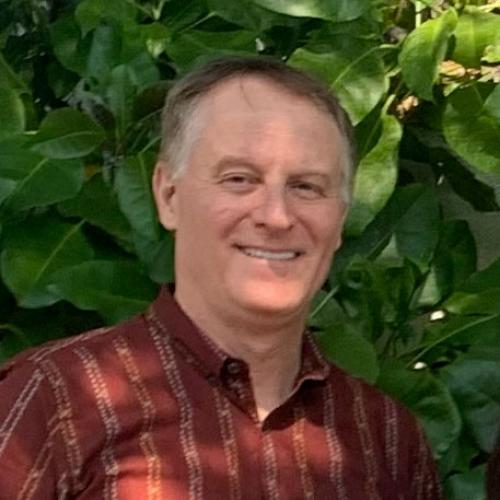Southwest Idaho gets on track
ROBERT STEUTEVILLE SEP. 1, 2001
Transit-oriented development makes inroads in a conservative region.
In July, organizations in Idaho's Treasure Valley joined CNU in kicking off
a series of workshops to create a deep local consensus around the New Urbanism. The Treasure Valley, which includes Boise, is undergoing rapid development, and presents a great opportunity to use an existing freight rail line as a spine of transit-oriented development (TOD). CNU is taking part in the workshops, teaching local leaders about the nuts and bolts of the New Urbanism and TOD.
The first workshop, July 12 and 13, focused on TOD, and the second, August 9 and 10, looked at the economic revitalization of a corridor. The final workshop will take place September 24 and 25, and will present techniques about traditional neighborhood development.
The workshops are cosponsored by the governments of eight local municipalities and two counties, comprising the Treasure Valley Partnership, and Idaho Smart Growth, a statewide education and advocacy organization. The first workshop was hosted by the University of Idaho Urban Research and Design Center. The series was spurred by Boise Mayor H. Brent Coles, a national leader in reviving rail service. Coles used his recent leadership of the US Conference of Mayors to push for livable cities nationwide and adoption of a national rail policy.
The ideas embodied in the New Urbanism have received considerable attention in the Treasure Valley recently thanks to a federally funded collaborative grant project, the Treasure Valley Futures, studying land use and transportation links.
An unlikely candidate
While many regions have embraced TOD in recent years, the Treasure Valley would appear to be an unlikely candidate for this type of development. The city was a national leader in interurban rail until the 1930s, but since then, it has sprawled out into the typical western landscape of suburban arterials and cul-de-sac suburbs.
However, there is currently great enthusiasm in the community for smart growth and TOD. The first workshop attracted 25 key leaders from around the area, including elected and appointed officials, developers, and community activists.
With the history of transit in the Valley and the current rapid growth, local leaders are concerned with creating sustainable communities that retain the local quality of life. They are open to learning about alternative development patterns and take them to heart by using them in ways appropriate to the region.
Ready infrastructure
The infrastructure is already in place for eventual TOD. The Boise-Nampa Short Line runs between downtown Boise and downtown Nampa. Boise recently purchased a portion of the right-of-way to connect the Short Line to the historic train station in the center of the city. A new 15,000-student satellite campus of Boise State University is being built at the other end of the line in Nampa, adjacent to the tracks. The Short Line does not currently provide passenger service, but participants in the TOD session are looking for ways to change that. Along with CNU director of advisory services James M. Moore and executive director Shelley Poticha, other faculty in the workshops included Dena Belzer of Strategic Economics, Phil Erickson of Community Design & Architecture, and Hank Dittmar of the Great American Station Foundation.




